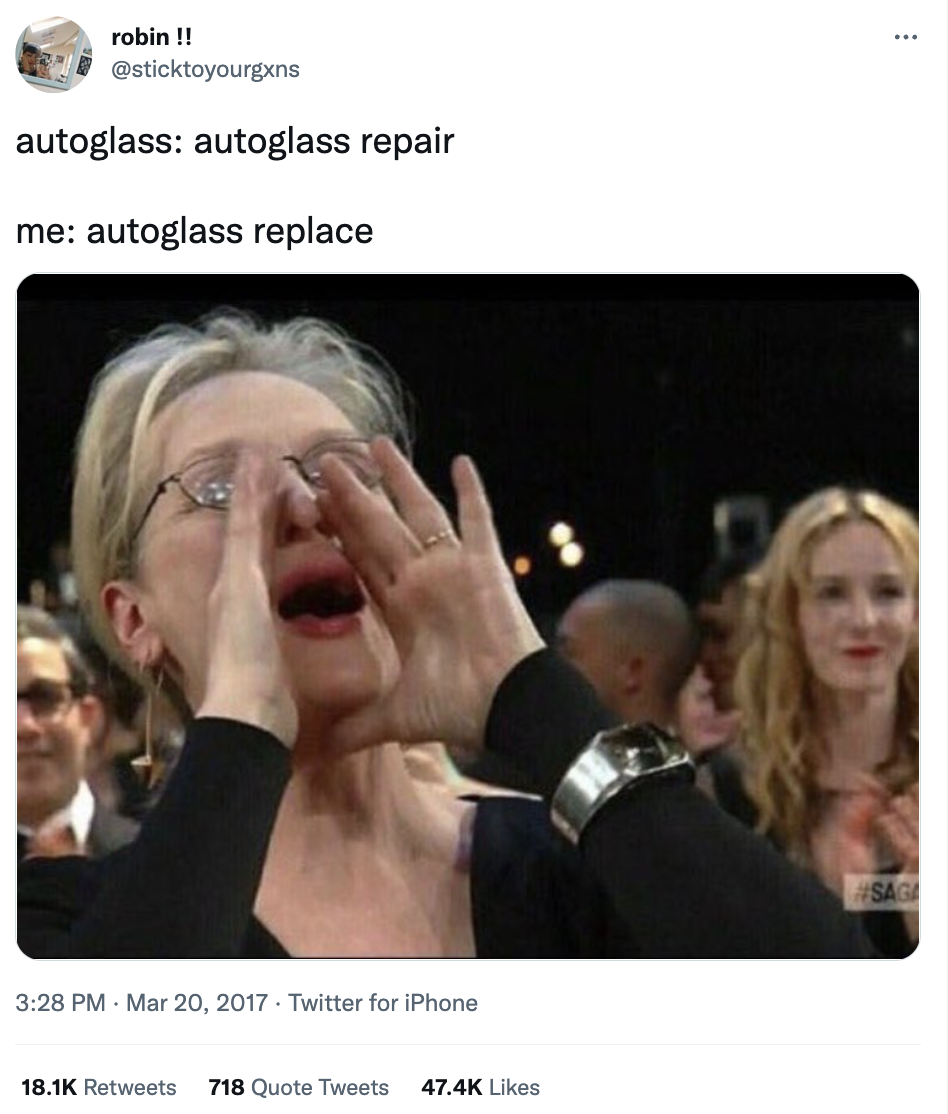
THE 00s: THE DECADE ADVERTISING FOUGHT BACK WITH CHARM
JOY MOLAN & RICHARD MADDEN
15/11/2022
We may not have realised it at the time (too busy watching the X Factor and eating Mars Delights, RIP), but the 00s were a fork in the road for advertising. As part of our series on advertising through the last four decades celebrating 40 years of BBH, Senior Strategist Joy Molan and Group Strategy Director Richard Madden take a look back.
The 00s was set to be a turning point in advertising industry history: the linear TV-first approach was threatened by the explosive proliferation of new digital channels.
“TV is dead,” the new media moguls gleefully proclaimed. Everyone was saying mass audience advertising would soon disappear, to be replaced by micro-targeted, programmatic, hyper-personalised messages.
Cut to 2022, and BARB tells us TV still reaches 86.4% of the UK adult population with greater frequency and cost effectiveness than any other medium. These audiences are more likely to engage with the advertising than through other channels, and great ads still have the ability to shape the cultural zeitgeist.
So what actually happened?
A hyperpersonalised dystopia: how we envisaged 00s ads
It all really started the decade before. Seth Godin’s book ‘Permission Marketing’ poured scorn on ‘interruptive’ models of advertising. And ‘The Cluetrain Manifesto’ foresaw a day (still yet to come) when marketing would be rendered obsolete by the rise of the open corporation.
It seemed like personalisation at scale was the future of marketing communications. Usually savvy brands like Guinness gleefully showcased this vision of the marketing future in the movie Minority Report, apparently without realising that the vision of tomorrow portrayed in the film was actually grimly dystopian.
But there were notable voices of dissent. Sir John Hegarty has long been opposed to what he sees as the “stalking” of consumers, rather than inspiring them – instead encouraging marketers to consider better ways to cultivate their lifetime value to brands.
In a rather ironic turn of fate, far from destroying the traditional advertising model, ‘Digital’ gave it a new lease of life. In a world where transactions were now a mere click away, embedding brand mnemonics in the memory structures of consumers’ brains became more important than ever. Especially in the booming service categories of the new dot com age.
Instead we got: the decade of charm
This being Britain, the tool advertising used to build memory structures was charm. By charm we mean: delighting, attracting and fascinating audiences (rather than hitting them over the head with rationality). This secret sauce not only delivered brand recognition (“do I recognise the brand when I see it on shelf?”) , but the increasingly important brand recall (“do I think to search for this product on my Palm Pilot?”).
Charmingly unforgettable sounds and characters
While we were all ‘pinging’ each other on BBM, the advertising industry was busy launching what would later become nationally famous brand sonics and characters. Earworm-y, unforgettable branding for the dot com generation.
A few examples come to mind.
Gio Compare, AKA the Go Compare man.
The meerkats from Compare The Market; functioning both as cutesy new products and a fiendishly clever search strategy.
There are almost too many catchy jingles and sonic mnemonics to recount:
'BN BN' biscuits
AutoGlass Repair (AutoGlass Replace)
You can do it too with Kandoo
And more.
Charmingly absurd brand worlds
It wasn’t just verbal and musical properties that seared themselves into the hippocampus and became fixtures of a whole generation’s cultural hinterland. Who can forget (literally) the Cadbury’s Gorilla?
And the Skoda Cake?
The surreal British Gas planet with its flying vans and its cheeky chappy fitters.
Even the BT family with the sarky dad had its moments.
Whole brand worlds were created and populated in an era when apparently all your brand needed was a targeted banner ad.
Charmingly old school techniques (even for the new kids on the block)
Technological break-through products, like Apple’s iPod, were still marketed via traditional channels using distinctive colour ways and music.
Charmingly purposeful
The 00s also saw the beginnings of what would become the hotly contested genre known as purpose advertising. Dove’s ‘Campaign for Real Beauty’ (2004) spoke to women in a spirit of inclusivity that no beauty brand had before. It was emotional, not rational. And it changed the status quo not exclusively with digital advertising, but through that apparently antiquated medium called…billboards.
Flash forward: does 00s charm stand a chance in a 20s world?
In a word: yes.
There’s a strong case to be made that the intellectual underpinnings of 2020s advertising were built, or at least reinforced, by the creative style of the 2000s. Here, surely, was System 1 advertising at its zenith; building brands, businesses, and sometimes whole categories, with truly distinctive brand assets.
And it’s already happening in practice, albeit organically. The jaunty earworm that was the soundtrack to Lloyds TSB’s long-running ‘For the journey’ campaign resurfaced on TikTok, unlocking a ‘core memory’ for the babies of the 00s.
And Gen Z also turned Meryl Streep’s Oscar meme into an updated AutoGlass ad.

So the challenge for brands is this: how to bring across 2000s charm in 2020s comms channels.
We’re already seeing a new era of brand characters (think Duolingo’s TikTok owl) – but there’s scope for much more.
In conclusion, the 2000s was a turning point in advertising history when history resolutely refused to turn. Far from ushering in a hyperpersonalised dystopia, the digital revolution created a host of new dotcom businesses - from e-tailers to aggregators - that needed to create mental availability from scratch. Advertisers responded with some of the most memorable, if occasionally annoying, brand assets ever.


